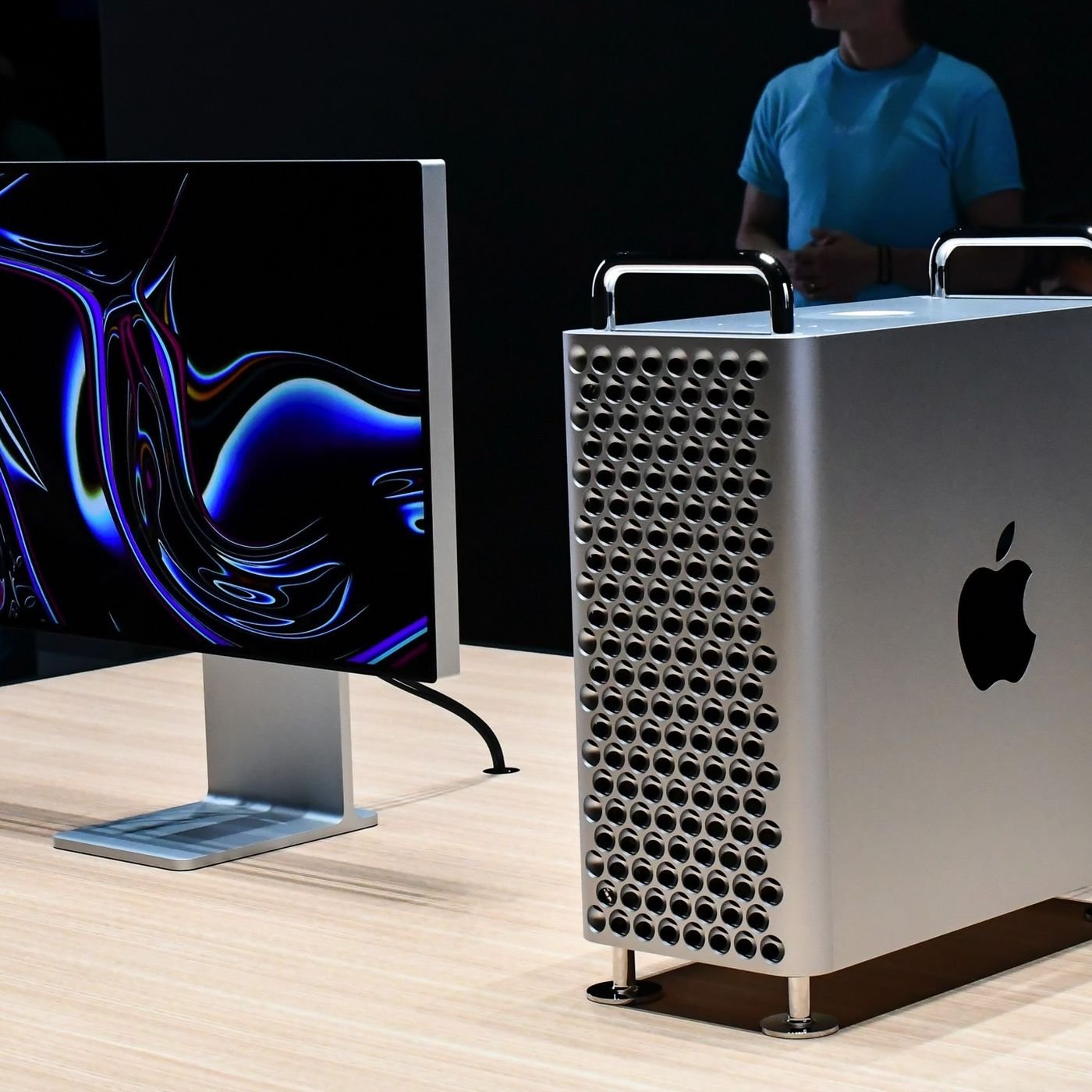

The next line told me the price of the SSD: $3,819.
#FAST SSD FOR MACBOOK PRO PRO#
DV Nation had shipped me a 15" MacBook Pro with a sticker price of $3,074, expensive but not the shocker. I didn't realize how expensive it was until I got the package. Built with the latest in Flash-to-SATA controller technology I expected to see both performance and battery life improve.ĭVNation shipped me the drive, a Memoright MR25.1-128S (the same thing as the MR25.2-128S apparently). I was very eager to find out what would happen if I paired the latest MacBook Pro with an even faster SSD. While the Flash memory side of the Samsung SSD in the MacBook Air was fast enough, the controller became the bottleneck and thus there were some instances where the SSD option was actually slower than the already sluggish mechanical disk that ships with the Air. The overall market for SSDs was small enough that it didn't make sense to commit a ton of resources to the development of these things, thus we saw SATA drives improve in performance and PATA offerings stagnate. Once it became clear that there was consumer interest in SSDs, development quickly shifted to SATA drives and Flash-to-PATA controller technology lagged behind. When the first SSD drives hit the market they were almost exclusively for industrial applications, where reliability not performance was the top concern and they also happened to be PATA drives. If you'll remember, one of the issues with the MacBook Air's SSD is that it's still based on older PATA controller technology. Shortly after publishing my MacBook Air review we were contacted by DVNation with an interesting offer: to try out a 128GB SATA SSD in a MacBook Pro. Available only as a 64GB drive and as a $999 option from Apple, the option honestly doesn't make financial sense on a notebook that has a healthy shelf life of only a year or two thanks to a non-upgradable CPU and memory. The size and price of the MacBook Air's SSD option were both tough pills to swallow however. Also, amazingly enough, battery life was improved by a good 5 - 15% depending on the usage model.

While most application usage performance didn't improve, boot and application start times were noticeably quicker. My experience with a SSD on the MacBook Air was an overwhelmingly positive one. Along with PCIe 3.0, the gumstick-sized SSD also supports the PCIe 2.0 specification, making it backward compatible for many of today's ultraslim laptops.While 2009 may end up being the first year that we see widespread adoption of SSDs (Solid State Drives) in notebooks, 2008 will go down as the year that it all started happening. The SM951 SSD uses 14-nanometer class multi-level cell (MLC) NAND flash.
#FAST SSD FOR MACBOOK PRO FULL#
In January, Samsung announced it had moved into full production of its new SM951 laptop SSD, its first mass produced expansion card using the PCIe 3.0 x4 slot SSD specification. "Double the lanes, double the speed," said Gregory Wong, an analyst with Forward Insights. Samsung's M.2 flash memory card being removed by iFixit from a 2015 MacBook Pro. While both the previous model MacBook Pro and the latest model sport leading-edge PCIe flash memory cards, versus 2.5-in SATA drives used in most other laptops today, the 2015 MacBook Pro's mass storage device doubles bandwidth.Īpple's Samsung-made PCIe 3.0 flash card in the 2015 MacBook Pro, which comes with 128GB, 256GB and 512GB and 1TB capacities, went from a PCIe 2.0 x2 (or two I/O lanes) in the previous model to a PCIe 3.0 x4 (four I/O lanes).

(A 3.1GHz dual core i7 processor is a build-to-order upgrade.) The new machine gained some typical upgrades: a larger battery, faster memory and a faster processer - either a 2.7 GHz dual core i5 or 2.9GHz i5 Intel Broadwell processer. So what did Apple do to the new 2015 MacBook Pro? That machine also had a 512GB PCIe M.2 flash module, a 2.6GHz Intel Core i5 processor, 16GB of 1600 MHz DDR3 RAM, and was also running OS X 10.10.2. That performance compares to the previous model MacBook Pro (mid-2014), which had industry-leading performance of nearly 650MBps write speeds and over 700MBps read speeds. The machine that Computerworld tested had a 512GB PCIe M.2 form-factor flash module ($1,799) and an Intel dual-core i5 2.9GHz processor, 8GB of (1866MHz LPDDR3) RAM, and was running OS X 10.10.2 (Yosemite). MacBook Pro with Retina display revealed it can pin the needle at more than 1,400MBps for writes and more than 1,300MBps for reads.
#FAST SSD FOR MACBOOK PRO SOFTWARE#
When Apple launched the new MacBook Pro earlier this month, the company claimed its performance would be double that of the previous model.Īs it turns out, that wasn't an exaggeration.īenchmark tests with Blackmagic software on a new 13-in.


 0 kommentar(er)
0 kommentar(er)
